From Five-Year-Old Cox’n to Jim Hanley’s 2x Partner
How did you get started with rowing?
I started substitute coxing at age five for my father’s first crews at BB&N in 1952. It took a while for it to take, as I fancied myself as a baseball player. I started rowing in the ninth grade, and never looked back.
How did you end up at Riverside?
RBC was a mystery to me growing up. I never saw anybody rowing from there. I came to RBC after my first season at Weld, which I launched from for my first race in 1980 against Jim Hanley, Rufus Perkins, and Graham King. By then I had learned that RBC was the original rowing club of the Riverside Press (the publisher for some of the traditional literature for my high school English reading classes). The club seemed free of pretense, as its social life was on the water, and there were members as diverse as “Crusher” Casey, the pro-wrestler and champion sculler, and Mr. RBC, Bob Cutler, the Olympian.
While at Riverside, you played a large role in bringing the club through the transition to independence from Northeastern. How did you get involved? What was the outcome?
I became an RBC member in the spring of 1981 and was appointed by President Rufus Perkins at the same meeting to lead the boathouse renovations. We started by scraping the peeling paint in the (now) women’s locker room (where I first met Lynn and Charley Osborn) and the usual host of maintenance issues that require work to this day.
I was elected captain the next year over Ted Van Dusen; put together the first RBC Guidebook to replace the handwritten notes tacked around the logbook; worked with the first coach, Doug Clark, and President Jim Hanley to get the Committee system going; and was a trustee for a number of years before moving to New Hampshire to Amoskeag RC in 1998.
Tell us about a memorable Riverside experience.
During the Q&A session following my speech for trustee, in which I supported raising the dues from $50 to $75, I answered a member’s question about the financial value of RBC to me: “The additional dues will cost no more than a cup of coffee a day, but its value? I don’t know….$300, $500…$10,000!” which brought hoots from the crowd, especially since I couldn’t afford any bit of it. Somehow they overlooked it, and I won in a squeaker. There was also a candidate running on a platform of “condo racks,” so one didn’t even need to row your boat. That’s what we were up against.
What have you been up to recently?
I am president of Independence RC in Nashua, which we are pulling out of hat. I joined five years ago during its near total collapse. There were only five rowers, none of whom raced and had no coaching. We are now at 21 members and have competitive coaching, and eight adults competing around New England. We added a youth membership category last month that is fielding four scullers and sweepers. Look for the oars with the geometrically abstracted blue mountain on a yellow-dawn background.
Tell us something we do not know about you.
I am very pleased to be part of RBC as a supporting member and rowing in the 2x again with Jim Hanley as we did for 13 years back in the day. We won the Masters 2x at the Canadian Henley in 1991 as underdogs in a blistering race by 10ths of a second. My eyes were closed while waiting for the results, which Jim spotted first and made that whole long trip quite worthwhile. The only other international racing I did was at Henley, England in 1969 in my college 8, where we finished second to the Dutch national team in the finals of the Ladies’ Plate.


